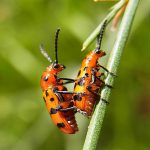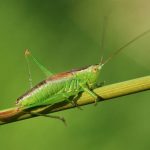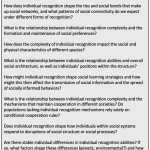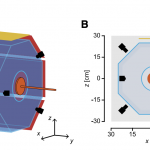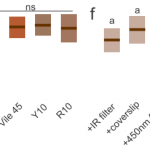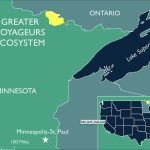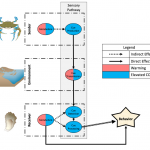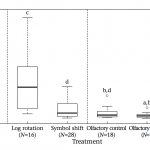This gallery contains 3 photos.
A study by Dr. Ronald P. Hall and his colleagues focuses on how bats become specialized to eat different foods and live in different environments; it shows us how the senses are a really important part of being well adapted … Continue reading


